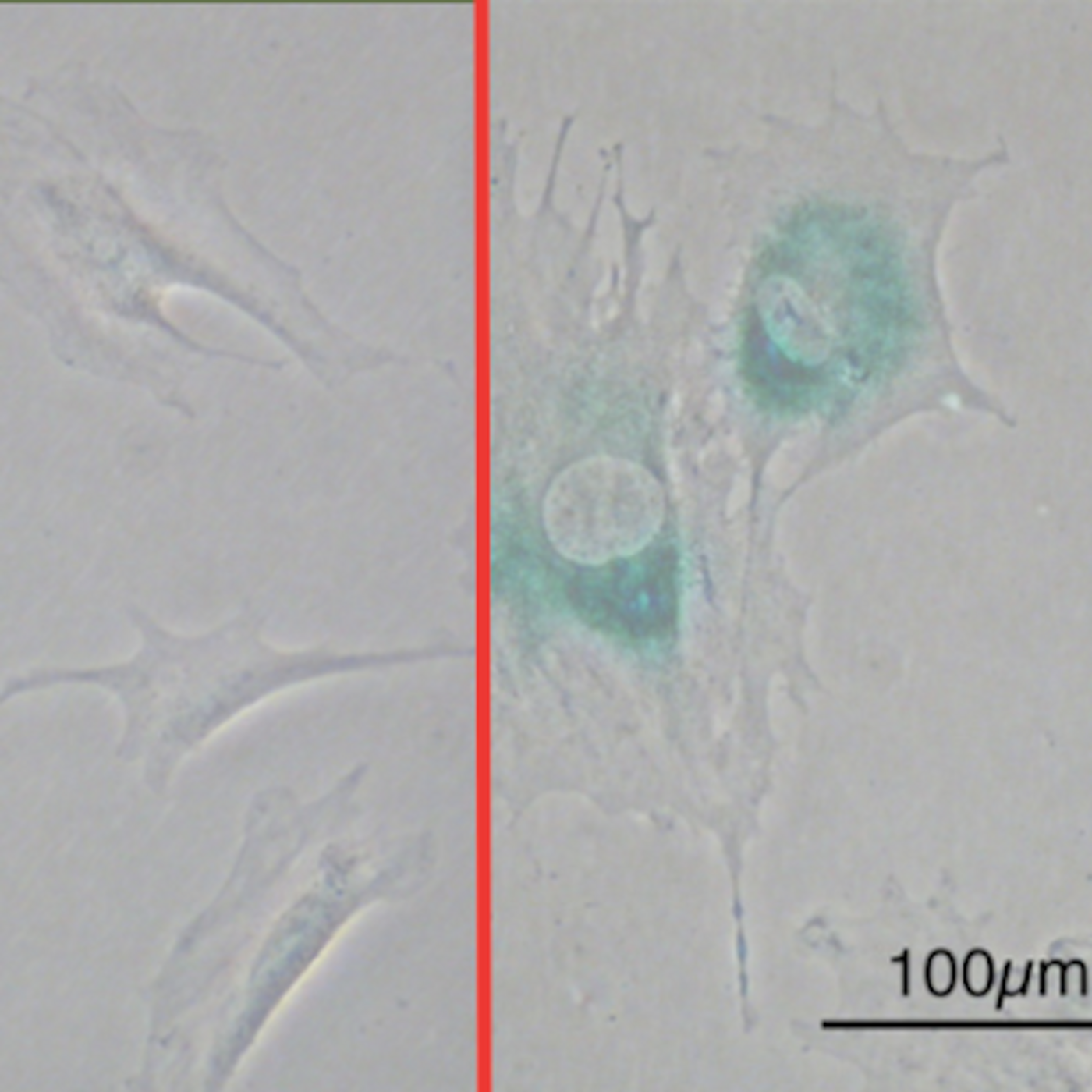Killing Zombie Cells to Stay Youthful
Researcher Jan van Deursen was aiming to create a mouse tumor model many years ago, but instead ended up with a mouse that was aging rapidly. Many years of work were required to find out that these mice were plagued by cells that refused to divide, but also wouldn’t die off. Other work indicated that many organs accumulate these ‘zombie’ cells as we grow old. These cells have generated research interest in drug development.
Van Deursen wanted to know whether removing zombie, or senescent, cells would alleviate the aging he saw in his model. Indeed, when senescent cells were removed, the mice no longer descended rapidly into old age. That led to many more experiments, some of which have demonstrated how eliminating these cells can treat or even prevent some illnesses.
Scientists now plan to investigate these effect in humans. Senolytic drugs are made to kill off senescent cells. Van Deursen plans several clinical trials with the biotech he co-founded. The story behind senescent cells is complicated, however, and other researchers are not sure that these effects will readily translate to people.
It turns out there are no overarching features that can define senescent cells because they are so different from tissue to tissue. Not even lack of division is a clear indicator; after chemotherapy, some cells take two weeks to become senescent. Investigator Hayley McDaid, a pharmacologist at Albert Einstein College of Medicine, said that such cells could become cancerous when they begin to divide again. As such, identifying senescent cells can be challenging; scientists have to rely on many biomarkers to find them.
After using staining methods to count senescent cells in tissues of aged mice, researchers led by Valery Krizhanovsky at the Weizmann Institute of Science in Rehovot were surprised by what they found. “There were quite a few more cells than I actually thought that we would find,” said Krizhanovsky. In young mice, less than one percent of cells in any of the organs were senescent. In mice that were two years old, up to 20 percent of cells were senescent in some organs.
It seems that killing these cells is much easier than identifying them in the end. Senescent cells turn on certain cellular pathways that prevent cell death; six of them were identified by Mayo Clinic gerontologist James Kirkland working in collaboration with Laura Niedernhofer and others from Scripps Research Institute in Jupiter, Florida. After that, it became only a matter of finding drugs that disrupted those pathways.
Fourteen senolytic drugs, which work on different cell types, have been characterized in the literature, with more likely to come. In rodents, some side effects have been observed, and the researchers have cautioned that this therapy is not ready for prime time. It may be another piece of the aging puzzle which only serves to aid our understanding of a bigger picture. Or, it may be a key to an actual anti-aging therapy, something many people are interested in finding.
Source: Scientific American









